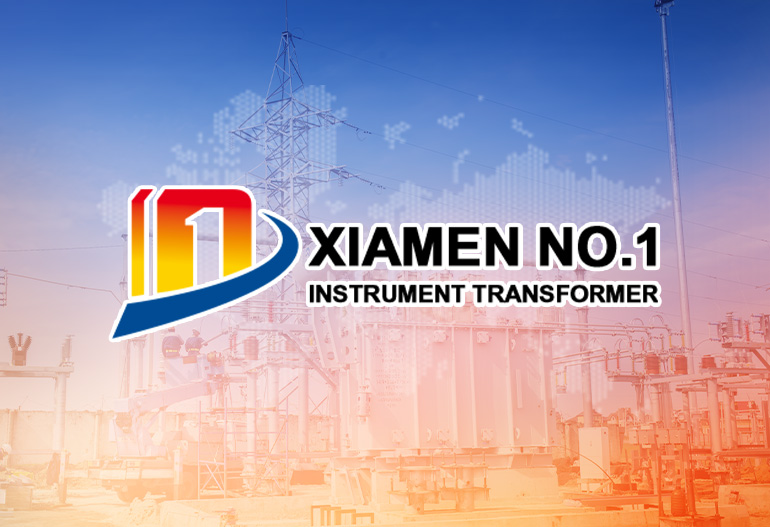
News
Application of Current Transformers in New Energy Vehicle Charging Stations: A Comprehensive Study
1. Introduction
2. Technical Fundamentals of Current Transformers
Electromagnetic CTs: Widely used for AC current measurement, leveraging magnetic cores to induce secondary currents proportional to primary currents.
Electronic CTs: Utilize Rogowski coils or Hall-effect sensors for high-frequency and wide dynamic range applications, ideal for detecting DC components and harmonics .
Residual Current CTs (RCDs): Specifically designed to detect leakage currents. Type B RCDs, compliant with IEC 62752 and UL 2231, are mandatory for EV charging due to their ability to detect both AC (30 mA) and DC (6 mA) leakage .
3. Applications in EV Charging Systems
3.1. Current Measurement and Power Calculation
PCB-mounted CTs (e.g., IVY-CT-PCB-01-10A) with 0.1-class accuracy and 3000V dielectric strength are integrated into charger PCBs for real-time current and power sampling .
Split-core CTs (e.g., KCT series) allow non-invasive installation on existing cables, supporting retrofitting of smart charging stations .
3.2. Safety Protection
Type B RCDs in EVSE (Electric Vehicle Supply Equipment) detect DC and AC leakage currents, ensuring compliance with GB/T 18487.1-2015 and IEC 62955 standards. For instance, Xiamen ZTC’s Type B CTs achieve 6 mA DC/30 mA AC sensitivity with fast calibration (≤240 ms) .
Differential Protection: CTs in ground fault detection systems (e.g., Littelfuse RCMP20 series) monitor current imbalances, triggering circuit disconnection within milliseconds to prevent electrocution and equipment damage .
3.3. Dynamic Load Management
Dynamic Load Balancing: FULSOLEN’s Smart A01 charger uses CTs to distribute power across multiple charging points, preventing grid overloads. This technology enables 22 kW charging with 68 miles of range per hour .
PV Integration: CTs in hybrid solar-charging systems prioritize renewable energy usage, reducing grid dependency and operational costs .
4. Industry Standards and Compliance
IEC 62752: Mandates Type B RCDs for Mode 3/4 charging stations, requiring detection of DC leakage ≥6 mA and AC leakage ≥30 mA .
UL 2231-2: Specifies safety requirements for EV charging connectors and cables, including CTs’ electromagnetic compatibility (EMC) and thermal stability .
GB/T 18487.1-2015: China’s national standard for EV charging systems, emphasizing CT accuracy (±0.5% for metering) and response time (<100 ms for protection) .
5. Challenges and Solutions
5.1. DC Injection and Harmonics
Wideband CTs: Using nanocrystalline cores (e.g., IVY-CT-PCB-01-10A) to maintain linearity across 0–1 MHz frequency ranges .
Digital Signal Processing (DSP): Algorithms in modern CTs filter noise and compensate for phase errors, improving measurement accuracy in complex waveforms .
5.2. Cost and Miniaturization
Integrated PCB CTs: Reducing size and assembly costs while maintaining 0.1-class accuracy (e.g., ZTC’s Type B CTs with 110 mW power consumption) .
Modular Design: Littelfuse’s RCMP20 series integrates CTs with thermal management modules, optimizing space and cost in high-current chargers .
5.3. EMI/RFI Interference
Shielded Cores: Using ferrite or mu-metal cores to reduce external EMI (e.g., Eleq TQ series with EMC-compliant design) .
Isolated Signal Paths: Digital CTs (e.g., MD0630T41A) with UART/Modbus interfaces minimize analog signal corruption .
6. Future Trends
- Digitalization and IoT Integration:
Smart CTs with embedded IoT sensors (e.g., ZTC’s Type B CTs) enable real-time data monitoring and predictive maintenance via cloud platforms .
Blockchain-based energy trading systems leverage CT data for secure, decentralized power transactions .
- Advanced Materials and Design:
Silicon Carbide (SiC) CTs: Emerging for high-temperature environments (e.g., 150°C), enhancing reliability in ultra-fast chargers .
3D-Printed Cores: Customizable geometries improve efficiency and reduce eddy current losses .
- Standardization and Global Harmonization:
Cross-industry collaboration (e.g., IEEE P2747) aims to unify CT specifications for EV charging, facilitating international market expansion .
7. Case Studies
Tesla Supercharger: Uses 25063A CTs for phase current monitoring in 32A AC chargers, ensuring safe operation across 220V/380V grids .
Xiamen ZTC’s EV Charging Solutions: Type B CTs deployed in 150+ cities across China, achieving 99.9% fault detection accuracy with 6 mA DC sensitivity .
Littelfuse RCMP20 Series: Used in Mode 3 chargers to detect DC faults missed by Type A RCDs, reducing false trips by 40% .
8. Conclusion

XUJIA
I graduated from the University of Electronic Science and Technology, majoring in electric power engineering, proficient in high-voltage and low-voltage power transmission and transformation, smart grid and new energy grid-connected technology applications. With twenty years of experience in the electric power industry, I have rich experience in electric power design and construction inspection, and welcome technical discussions.

